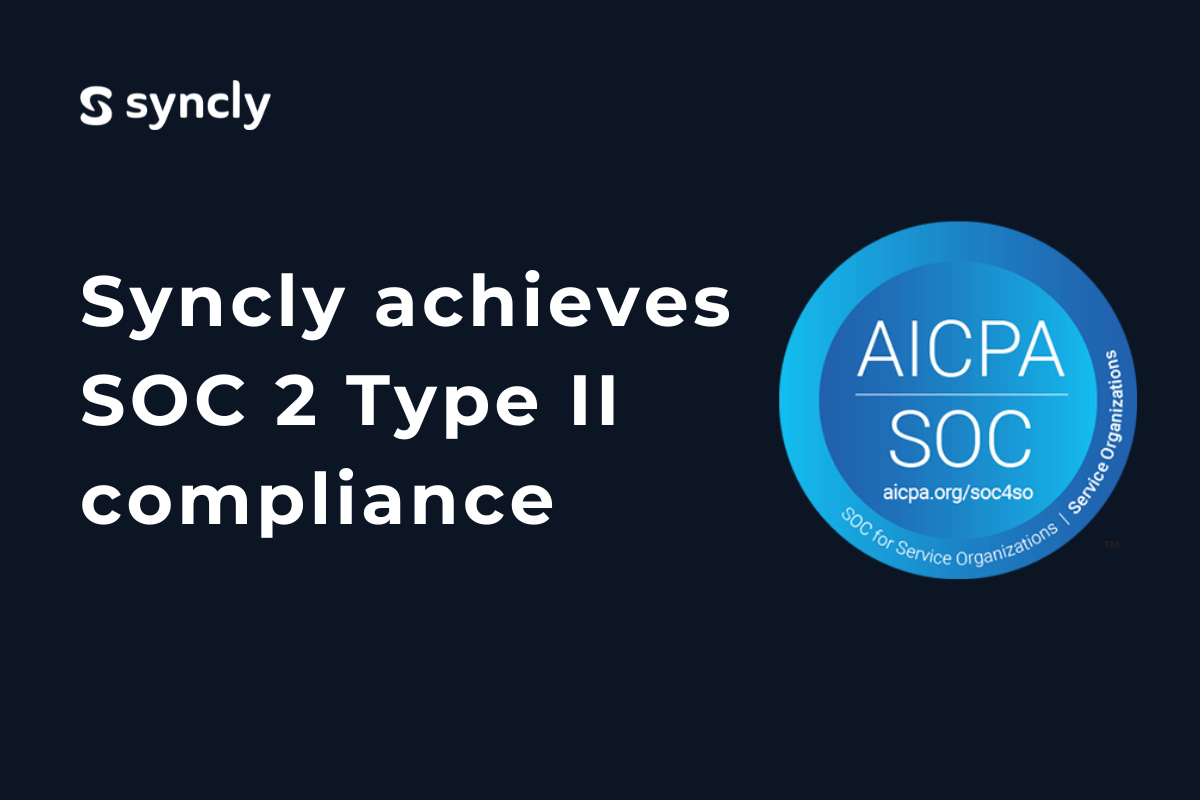Integration - The secret weapon for law firms
The legal technology industry is expanding at a never-before-seen rate. As investment pours into the many corners of this broad space, it seems there is a tech solution (or five) for practically every aspect of the legal services value chain.
That’s a good thing, right? As always, the answer is it depends. It is good insofar as it signals that the legal industry is convincingly shrugging off the banner of being the ‘last frontier’ of digital transformation. In is the unshakeable effervescent fizz that surrounds countless successful funding rounds, growth statistics and revenue figures, it can be easy to lose sight of the fact that we are far from the mechanoid vision of legal practice we were promised (or warned about depending on where you sit in the legal food chain).
Do we need a single source for everything?
We are yet to see mass adoption as witnessed in other industries – there is still no ‘Workday for legal’ for example. However, I am not convinced there needs to be, or even should be. Irrespective of jurisdictional nuances, the practice of law is not something that can be prescribed, or reduced to best practice repeatable components. Each law firm (and lawyer) will have their own ‘secret sauce’ to how they convert expertise, experience and knowledge to insight and advice to help their clients and to win new business.
Notwithstanding, while we may never see Microsoft take over the entire legal process, we will see some amazing tools bubble to the top that are designed to help with ‘parts’ of the overall legal service delivery model. Law firms should be keeping a keen eye on both current and emerging trends in the technology space in order to identify ways to move the needle incrementally, and to respond positively and with purpose to the changing landscape in which their clients operate and their evolving demands and needs.
For those of you in the know, none of this should come as a surprise. In the last 10 years law firms and legal teams have been spoilt for choice. Just like a kid in a candy store, money was spent at the risk of the inevitable sugar high and buyer’s remorse – Gartner predicts that by 2025, technology will make up 12% of an inhouse legal team’s budget. Because of this, we are now seeing a new problem arise – fragmentation.
As budgetary shackles are being released, IT departments are finally throwing the “blocker” monkey off their back. Technology solutions are plentiful and in regular use. Consequently, data is being generated at higher rates, and in more locations and formats than ever before. This results in the formation of data silos, process inefficiencies, and worse still, risk and compliance stress out the wazoo.
How should we think about integration?
So, what is the solution? Do we revert to snail mail for all legal work? Or look towards integration as a secret weapon for maintaining a diverse technology pool that functions as a connected technology stack?
If you voted for the former, you can stop reading now, put on your favourite pair of snap on pants and go back to watching Dawson’s Creek, but if you can see the value in the latter then the good news is that there is a way to achieve this, with (relative) simplicity. Integration generally conjures images of developers, sitting in dark rooms, typing frantically onto a black and white screen, however the reality is somewhat rapidly changing. According to some sources, the global iPaaS (Integration Platform as a Service) industry is set to be valued at 23.7 billion USD by 2028, and with good reason, people want integration, but they don’t want to hire a team of developers to achieve it.
iPaaS platforms, while expanding, have been around for some time, Dell Boomi (formerly Boomi) was founded in early 2000 as an example. However, we are now seeing iPaaS make its way into the professional services industry, and both clients, and vendors are paying attention. Modern iPaaS solutions provide the end user with a raft of tools to build their own integrations. From no-code workflow builders, drag and drop connectors, down to containerised “low-code” smart objects that you can use to connect your own in-house/bespoke tech to the wider technology universe, it really is a Willy Wonka dream when it comes to integration these days. And the best part of all of this? You aren’t stuck having to maintain forward compatibility between your integration and the platforms you connect with every time the vendor updates (or on some occasions, deletes) an API. Nope, the iPaaS vendor will do this for you, and your end users just keep on trucking.
Integrations allow you to leverage your data in such an efficient manner, that you should be asking your CEO for a pay rise in no time. IT departments will manage data silos with greater efficiency, and in many cases, remove them entirely from the organisation, as data can always flow back down to the system of truth when needed. Client facing teams will be able to build more intuitive and enjoyable experiences by re-using data whenever possible to build up a more complete profile of a client or organisation. And risk teams can perhaps have a holiday for the first time since 2010 knowing that data is less likely to flow out of the organisation and into the wrong hands due to manual processes or human error.
So what are you waiting for? Step away from the water cooler and go hassle your CIO to find you an iPaaS platform pronto. Tell them you want to build your own integrations, without any help from the tech team. They will either faint from relief, or they will hug you and tell you they already have something in mind. Either way, I did tell you integration was a secret weapon, didn’t I?





.png)

.png)

